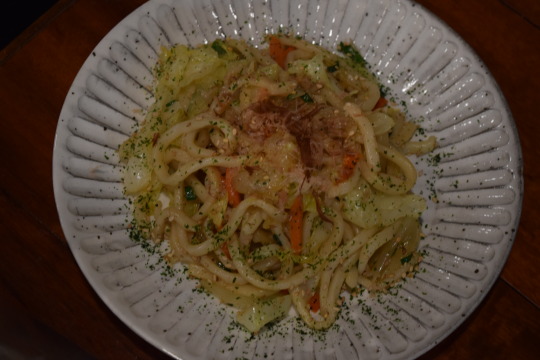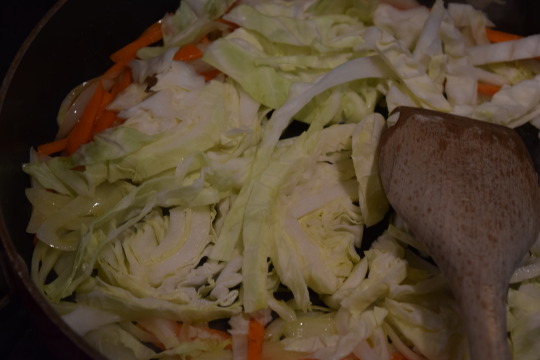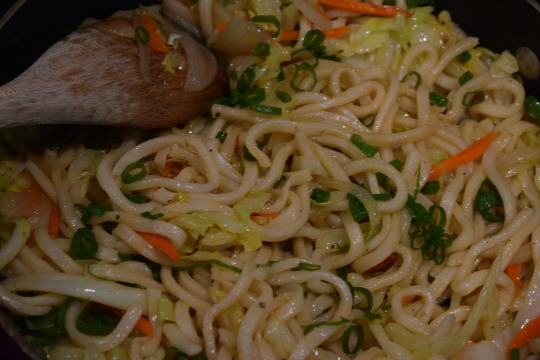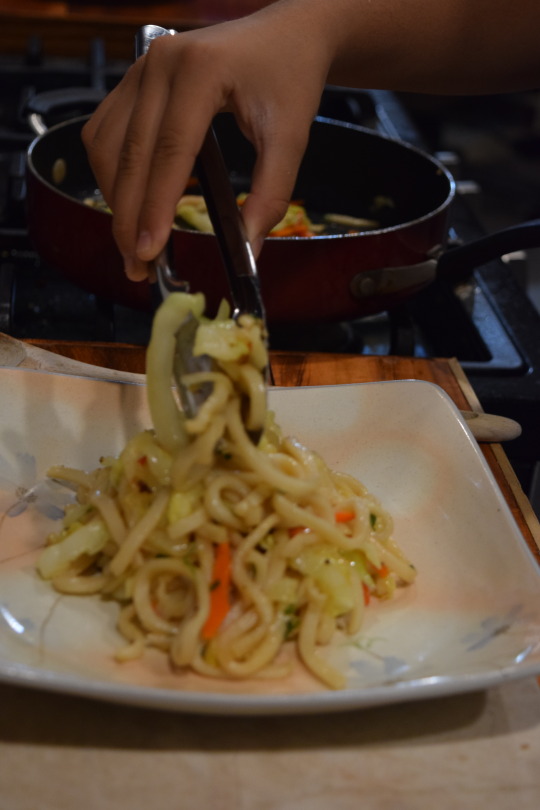You know when it is cold outside, Nabe cooking is the best way to warm you up.
It is the wisdom of ancient Japanese cooking.
Eating from one hot pot will make a family tighter and warmer.
And there are so many different kinds to choose from.
We can eat hot pots everyday of winter!!
Today, I want to introduce the easiest hot pot and best way to intake so much fiber!
We don't need too many ingredients to make this...
In fact, we only need two major ingredients :)
First, nappa cabbage, also known as Chinese cabbage, and thinly sliced pork belly.
Yes, that is it!
So let's get started.
1. Peel out the cabbage leaves one by one.
Then stack two leaves and two pieces of pork belly as shown below!
Repeat this process one more time
And then, cut it into 1/3.
2. In a nice sized hot pot, pack the cabbage/pork belly stuffing without any extra space!
Yes, nicely packed!
3. Pour 2 cups of water and sprinkle a big spoon of concentrated dashi,
add a little spoon of salt, and a big spoon of soy sauce directly on the cabbage/pork pile.
4. Put the hot pot on the mid-high heat.
(So much nappa! can't even put the lid all the way, but don't worry,
as it gets cooked, the lid will go down)
Hot and steamy!. And healthy as well. It is great to eat with ponzu sauce or just as it is!

















































